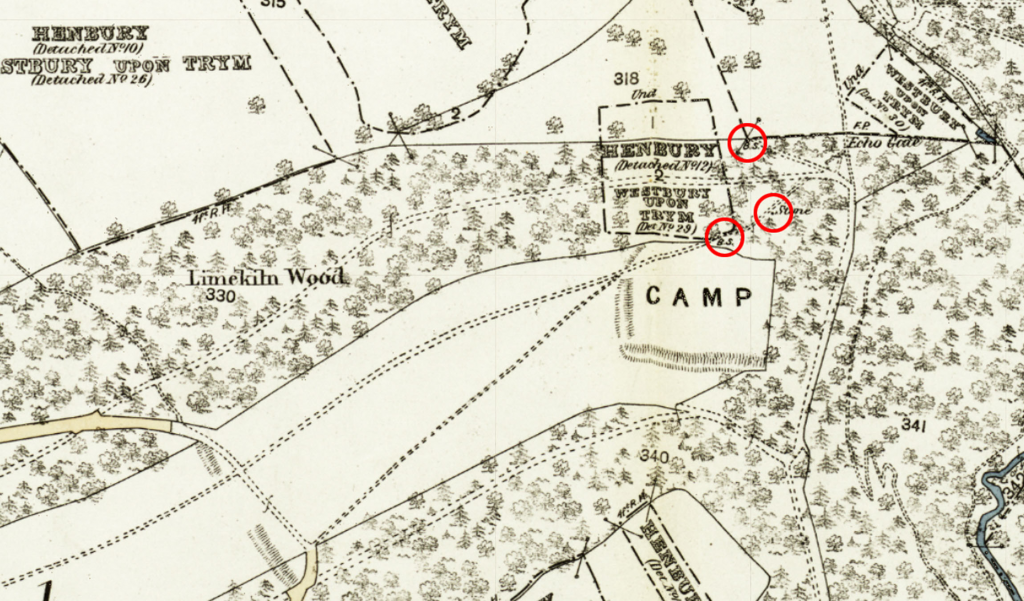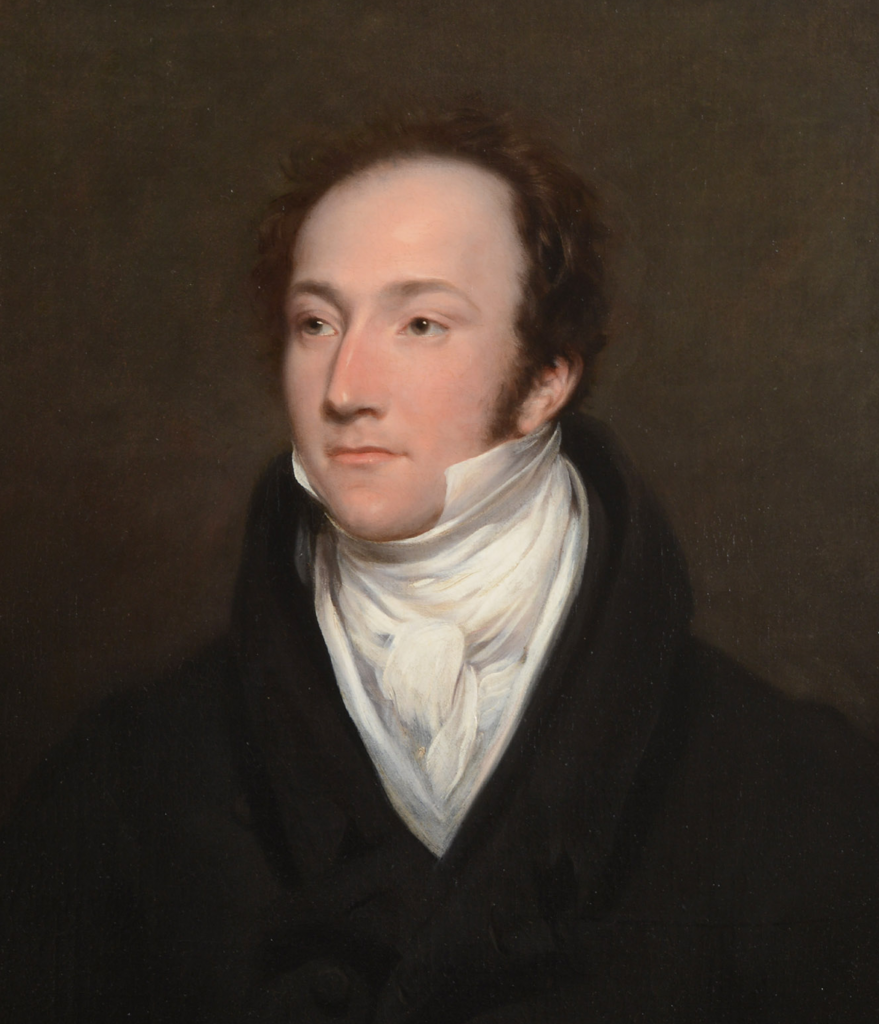With the prospect of the reopening of the iron bridge on the horizon, thoughts might turn again to exploring the walk across and up Kingsweston Hill. A recent addition to the council’s Know Your Place website raised our curiosity, so we set off in search of it. Our quarry was a boundary stone described as having the letters JPM on one side and JSH on the other. These aren’t just random jumbles of letters, but the initials of two friends, each the owner of a grand estate on either side of the hill. JPM was John Philip Miles, the mega-wealthy merchant and banker of Leigh Court, who in 1833 bought the Kings Weston estate. JSH was John Scandrett Harford the owner of Blaise Castle Estate. The two had been brought together through a merger of the Miles & Company Bank and the Harford & Co Bank in 1820.

Kings Weston had been on the market for a number of months, marketed as “forming a most desirable situation for the erection of one or more villas”. The sale was consequence of the death of the 21st Baron de Clifford, the last in the line of Southwell men who’d owned house and estate since 1679. The vendor was approached in July 1833 by Harford, offering £206,000 for the whole. Negotiations continued, with Harford the expected purchaser until, at the last minute, his name was changed on the contracts for that of Philip John Miles, probably to some surprise on behalf of the seller.
For a number of weeks, Miles and Harford had been colluding over the purchase. Miles, perhaps concerned that the public knowledge of his huge wealth would damage his bargaining position, agreed with his friend that he’d act on his behalf in all matters of the sale. That way a sale could be agreed at a reasonable price, eventually £210,000, without arousing suspicion. For his part, Harford was to have sections of land for himself and there appears also to have been some agreement over the transfer of paintings from Miles’ collection.

At the far east end of Kingsweston hill are three marker stones, each with the initials of the two gentlemen, and each a concrete testament to the agreement between them. Parts of the Echo Gate, Arbutus Walk, and the Blaise side of the hill became Harford’s and the new boundary between the properties was marked with these stones. Two are still prominent along the path, but the third, marked BM (boundary marker) lower down the hill is yet to be located.



